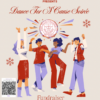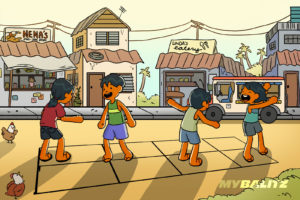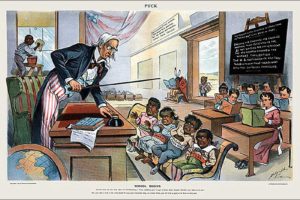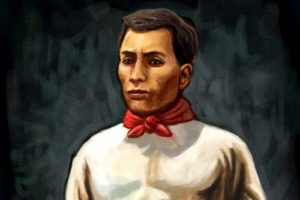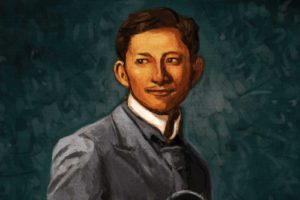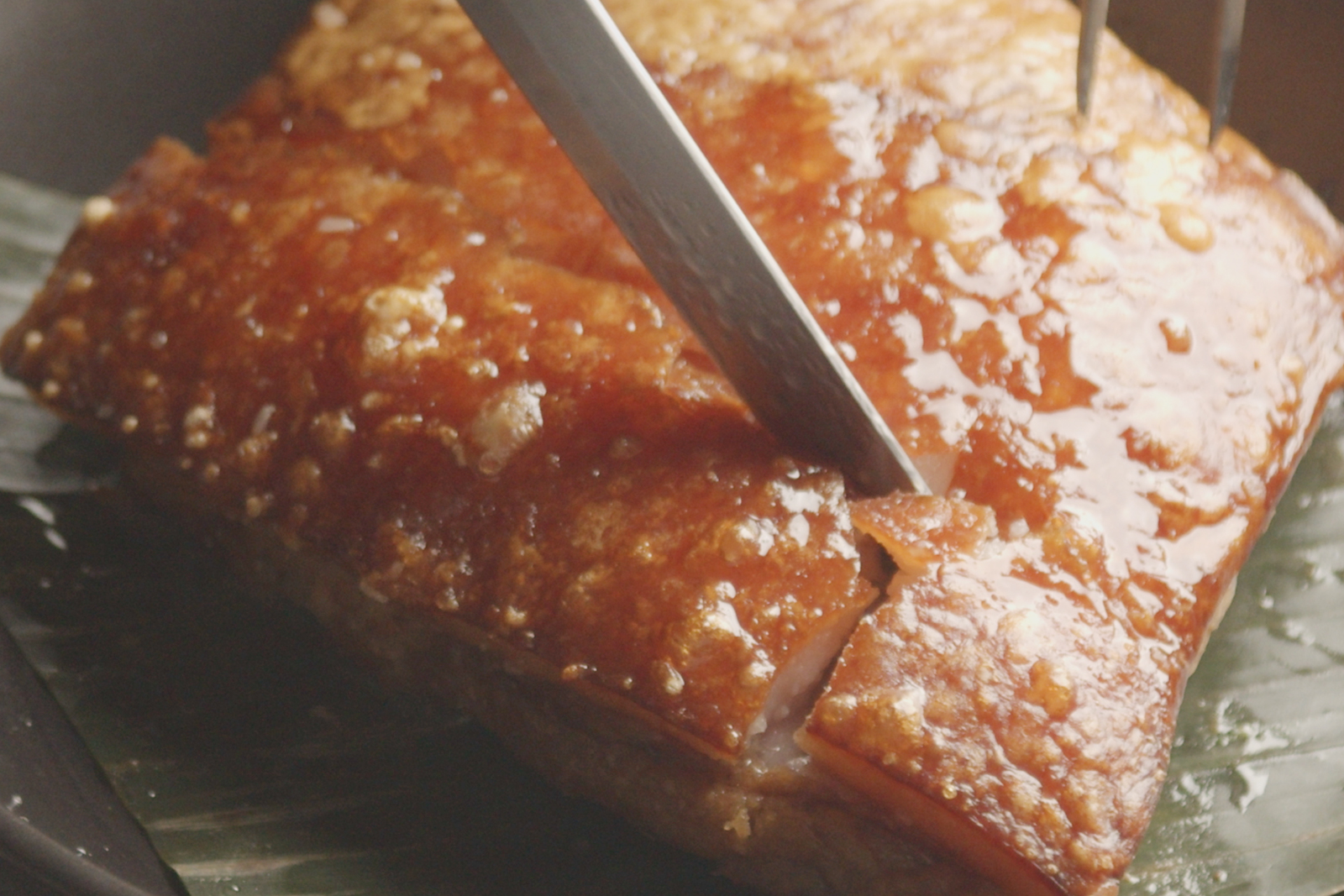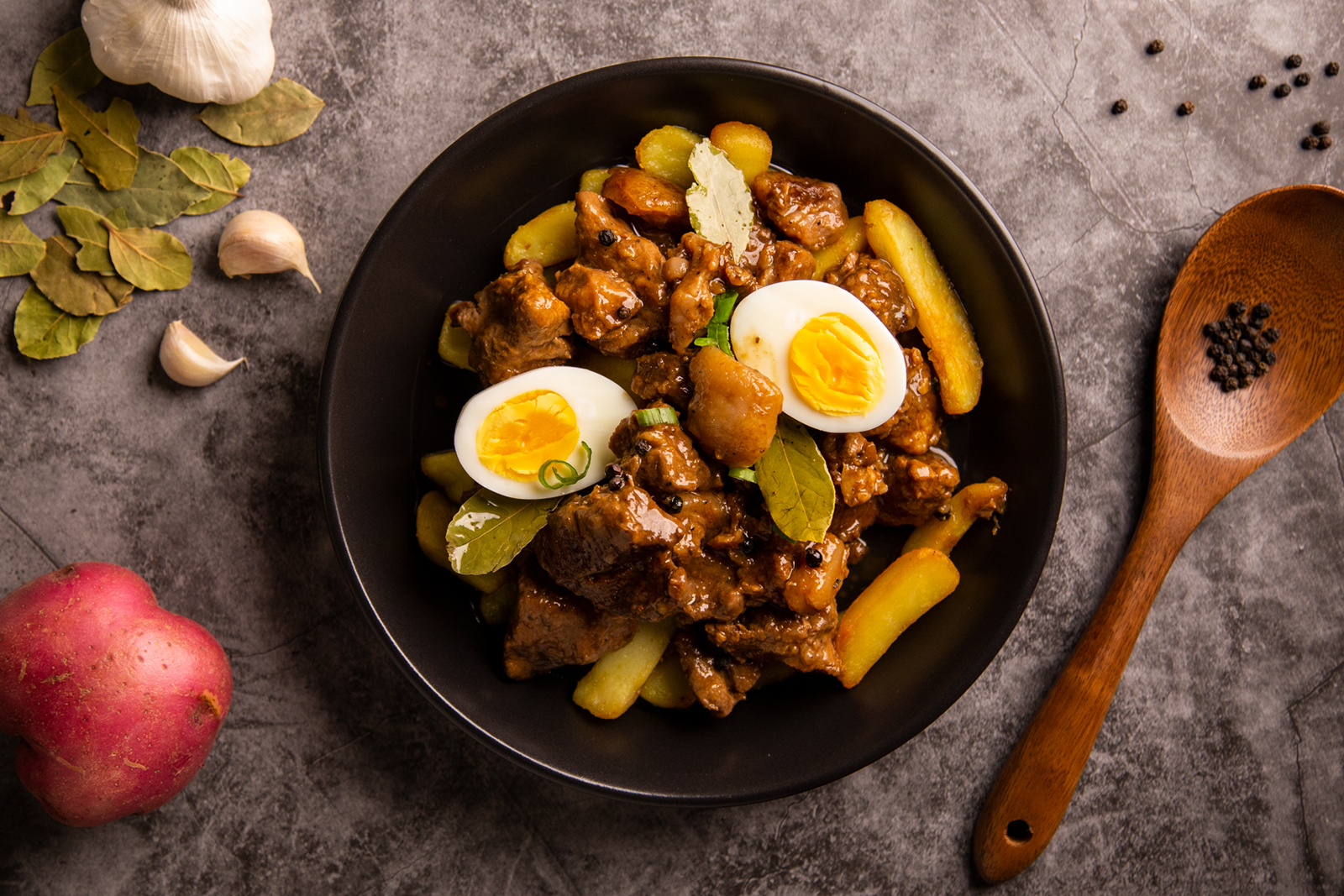
Filipino laborers escaped from the galleons where they had been conscripted to work as crew. Known as the “Manila men,” they made their way to Mexico and Louisiana where they settled. The ilustrado elite sent their sons to Europe to live and study, and to bring the plight of the indios to the attention of the Spanish crown in the hope of reform.
Under American colonial occupation, laborers from Cebu and Ilocos were exported to Hawaii to work in the pineapple plantations. Cohorts of Filipino nurses were recruited to work in hospitals in the United States after the Second World War. A culture of migration has long been part of the Filipinos’ endeavor for a better life.
These days, a plethora of job opportunities await Filipinos who intend to work overseas. They are known as OFWs and they work as teachers, nurses, doctors, construction workers, nannies, in Europe, the Americas and the Middle East. Some countries allow migrant workers to become permanent legal residents and bring their families to migrate to the host country with them. However, there is a distance between the cultures of the migrant workers’ host and home countries that the children of migrant workers experience identity struggles after they migrate to join their parents.
This article will briefly discuss why Filipinos migrate, and why their motivations for migration impact the way their raise their children while abroad. The manner by which migrant worker parents enculturate their children into the host country later creates difficulties for their children resulting in a “hybrid” identity among second-generation Filipino migrants.
Colonialism, classism, and racism and their effects on identity-making
The Philippines was a former colony of Spain, then of the United States, and later, for four years, of Japan. Studies suggest that exposure to a foreign culture results in two polar reactions: overcompensation or decompensation. When Filipino migrant workers refuse to adapt to the culture of the host country and cling to the norms of their Filipino culture, they are overcompensating. On the other hand, when Filipino migrant workers discard their home culture and embrace their host culture in the hope of a less painful adaptation and acculturation, they are decompensating. Recent studies show that earlier waves of Filipino migrant workers tended to overcompensate while later waves decompensated.
Decompensation implies the residual hold colonialism exerts over the mindset of Filipino migrant workers. Spain colonized the Philippines in the 1500’s, and later sold the country to the United States, which colonized the Philippines from 1899 until 1945. Colonialism and the inherent racism of colonial government practices bred in the Filipino a preference for foreign cultures. This is most commonly referred to as “colonial mentality” – the belief that all imported things are better because imported things are distinctly not Filipino.
In the 1970s, the Marcos dictatorship institutionalized migration for work as a government policy to keep the domestic economy afloat. Executive Order 857 issued by Ferdinand Marcos on December 18, 1982 forced Filipino migrant workers to remit between 50-70% of their dollar earnings to their families in the Philippines. Failure to remit their earnings will result in non-renewal of their work contracts. Indeed, dollar remittances of OFWs comprise 10-12% of the Philippines’ gross domestic product, according to the Asian Development Bank.
The dollar remittances from OFWs increase the household consumption of families and raise their standard of living. When one family member is an OFW, the family has access to imported luxury goods. The education, healthcare service, infrastructure and social services in first world countries such as the US, Canada, the UK, Australia, Germany, etc. are superior to the Philippines’. For these reasons, OFWs who decompensate feel that they have left the inferior life in the Philippines and quickly turn away from Filipino culture to speed up their assimilation into the culture of their host country.
Yet, assimilation is not easy for OFWs. Migrant workers often routinely experience racism, classism, and sexism. Filipino migrants are seen as low class in their host countries, no matter their actual occupation. Often, too, the occupations open to migrant workers are: domestic workers, nannies, teachers, construction workers or cruise-ship crew members. Even Filipino nurses suffer from being stereotyped and often experience derision.
Indeed, most nationals of host countries believe that Filipino workers are good for nothing more than to do dirty jobs that the nationals of the host countries would not stoop to do. Perhaps what is worse is that Filipino OFWs themselves subscribe to these beliefs. The racism OFWs experience further fuels their desire to distance themselves, physiologically and culturally from anything that shout out their identity as Filipino.
These social phenomena impact not only the first-generation OFWs but their children, the second-generation migrants. OFWs who become permanent residents of their host countries often bring their spouses and children with them to their host country.
The second-generation identity crisis
It is wrong to assume that the second-generation holds no agency over their identity, however, it is not incorrect to say that the second-generation’s identity formation hinges on two factors: the age at which they migrate and the attitudes of the adults who care for them. That is, the second generation either imitates the first generation or they rebel and reject the first-generation’s reaction to migration: they may overcompensate if their parents overcompensated, or they may rebel and decompensate. Whether the second generation overcompensates or decompensates, the second-generation will undergo a crisis of identity. This is an immutable fact about second-generation migrants.
In the host culture
The children of overcompensating migrant parents will often feel alienated from their peers. This is especially true when the Filipino children are the only brown faces in predominantly White society.
A Filipino child named Luc Cagadoc was singled out and humiliated by his teacher for using a spoon and a fork to eat his school lunch in April 2006. The teacher at the Lalande School in Roxboro told the Filipino child that he was disgusting for eating with a spoon and fork. The teacher also asked the Filipino child if in his country people washed their hands and was told that since he was in Canada, he ought to eat like Canadians. The boy came home in tears and he had nightmares. In the morning, he screamed that he did not want to go to school anymore. When the mother complained, the school principal told the mother that they were in Canada and should eat as Canadians did. Luc Cagadoc sued for compensation at the Quebec Human Rights Tribunal which awarded them $17,000 in damages.
This kind of racism experienced by Filipinos in predominantly White societies sheds light on the motivations of OFWs when marrying nationals of the host country, especially those with distinct Caucasian features. After leaving their “inferior” or “backward” country, and unchaining themselves from their “inferior” Filipino culture, they may want to marry a White person to “breed out” any physical markers that may link them to a non-native identity—they want to pass as White to avoid racism.
Imagine the discomfort from within if the reverse were true, when a brown-skinned Filipino child is publicly labeled as Filipino when the child does not feel Filipino in their mind, soul, and deed because their parents have chosen decompensation. Imagine a Filipino child in class who is asked a question about the Philippines that they cannot answer because they are not familiar with Filipino history or culture.
Most second-generation Filipino migrants feel cut-off from a part of their identities. They have bits and pieces of both the cultures of their home and host countries yet they feel at home in neither. They are a hybrid, like the liger or mule; they are made of two distinct halves, but they are not one or the other completely, nor are they completely at ease in either group.
Those of the second generation are seen as outsiders in their host country: they will never be American or British enough because of the color of their skin even if they were born in their host country or they had lived in their host countries all their lives long and have never set foot in the homeland of their parents.
In the home culture
Unfortunately, the second-generation’s experiences may not be better should the second-generation Filipino migrant return to the Philippines. They may also feel like outsiders because they are not Filipino enough even if they have resided in the Philippines for years or even if they speak the language like a native. They are not home, either.
Interestingly, a large percentage of second-generation Filipinos are not fluent enough in Filipino (or any of the other Philippine languages) to confidently converse with their peers. This language barrier, their accent—all these contribute to further alienation in the country of their parents’ birth. What little of Filipino culture that they do know are the superficial markers that are often irrelevant in day-to-day discourse.
In this, perhaps one should imagine culture as an iceberg. There are some features that are visible above water, the obvious ones: using po and opo even when speaking English to highlight deference and politeness; knowledge of the festivals; a taste for well-loved dishes such as sinigang, tinola, adobo, and the polarizing balut; even supporting the numerous beauty pageant queens and boxers that the country boasts of.
But much like icebergs, there is so much to culture that is tacit, implied, and nuanced that they may be unaware of—the markers that are just beneath the surface: rules of conduct and politeness such as avoiding eye contact with those that one respects; understandings of proximity and personal space, using the appropriate volume and assertiveness in speech; and undercurrents of insults and pride rooted in concepts of self, others, and biases.
More often than not, second-generation Filipinos who grew up in other countries cannot replicate these many behavioral and relational features of Filipino culture. Their parents have discarded those subtle cultural markers or they simply discarded them as they had no use for them in their host countries. Instead, their parents chose to adapt the features of the host culture in order to survive, blend in, and thrive.
Conclusion
In recent years, there has been a surge of efforts for second-generation Filipinos to rediscover and reclaim their Filipino identity even while assimilating to their host cultures. This can be seen in communities that take pride in their ethnicity, the more formal ones are called ‘Manilatown’. Schools are also becoming more inclusive to Filipino cultural events, sports, and dances. All in all, there is a growing number of people who are making an effort to claim and keep their Filipino-ness.
For the second-generation Filipino, this is a difficult struggle. It is difficult to claim an identity one does not feel a particular affinity to due to their own unique upbringing in-between two cultural identities. They may feel a push or a pull to choose one cultural identity over the other.
It is important to note that Filipino-ness is not static. Like any cultural identity, it is ever-adapting and changing. Some may claim that the Filipino identity cultivated in countries outside the Philippines is not the true or real Filipino identity at all, or if it is a Filipino identity, it is not Filipino enough, yet the stance that it may be one of many Filipino identities grows day by day.
Sources:
Aguila, A. N. (2015). The Filipino, Diaspora and a Continuing Quest for Identity. Social Science Diliman, 11(2).
Chiang, C. Y. (2010). Diasporic theorizing paradigm on cultural identity. Intercultural Communication Studies, 19(1), 29-46.
Seki, K. (2015). Identity Construction of Migrant Children and Representation of the Family: The 1.5-Generation Filipino Youth in California, USA. In Mobile Childhoods in Filipino Transnational Families (pp. 151-178). Palgrave Macmillan, London.
Welsh, C. (2018). Ethnic Identity Development of 1.5 Generation Filipino American Immigrants: A Qualitative Study.
Wolf, D. L. (1997). Family secrets: Transnational struggles among children of Filipino immigrants. Sociological perspectives, 40(3), 457-482.



